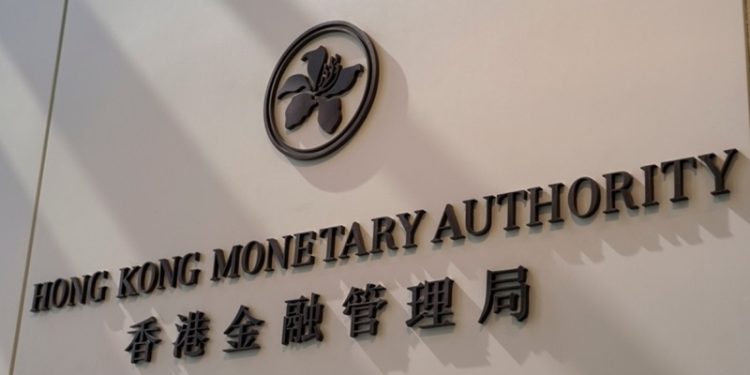Good Practice on Climate Risk Management
The Hong Kong Monetary Authority (HKMA) releases a document on good practice on climate risk management, aimed at sharing the actions of banks in climate risk management.
The Hong Kong Monetary Authority analyzes 21 banks that have incorporated climate factors into their risk management frameworks.
Related Post: BIS and HKMA Launch Scope 3 Research Project
Introduction to Good Practice on Climate Risk Management
The three themes of banks in climate risk management include:
Implement a quantitative-based climate risk management framework
All banks have established and improved climate risk management frameworks that are consistent with their climate strategies and reflect the scale, nature, and complexity of their business and operations in Hong Kong. The bank has incorporated climate risk into existing risk management policies and clearly assigned climate risk roles and responsibilities. Some banks have established key risk indicators and key performance indicators guided by risk assessment systems and regularly evaluate the impact of climate risks.
These assessments are conducted from a regional and industry perspective, using tools such as scenario analysis and stress testing, with a focus on the bank’s business in Hong Kong. The bank also utilized the physical risk assessment platform to incorporate the assessment results into credit business and investment portfolio management.
Reduce climate risk data gaps in credit decision-making
The bank has taken measures to assess the climate risk of counterparties and developed internal questionnaires to address the issue of insufficient data. By categorizing customers, we request customers with higher climate risks to provide more information to assess climate risks. Some banks also evaluate customers’ transition plans to gain a comprehensive understanding of the climate risk situation.
Some banks also adopt the double materiality concept to assess customers’ impact on climate. In the absence of data, banks will also use proxy data and external supplier data. With the improvement of data availability and climate risk management capabilities, banks are continuing to improve their climate assessment methods and tools.
Strengthen the relationship between climate factors and traditional risks
Banks have developed and implemented risk control and mitigation measures based on climate risk transmission channels and their impact on traditional risk types. Some banks have established liquidity concentration indicators and climate related market risk limits to monitor the liquidity and market risks arising from climate risks.
In terms of reputation risk, banks are actively managing financing emissions and incorporating greenwashing risks into their governance processes, while also considering the climate risk of counterparties. In addition, banks are also standardizing the use of carbon credit, improving the selection of carbon credit projects, and conducting due diligence processes.
Reference:
Good Practices on Climate Risk Management
ESG Advertisements Contact:todayesg@gmail.com








